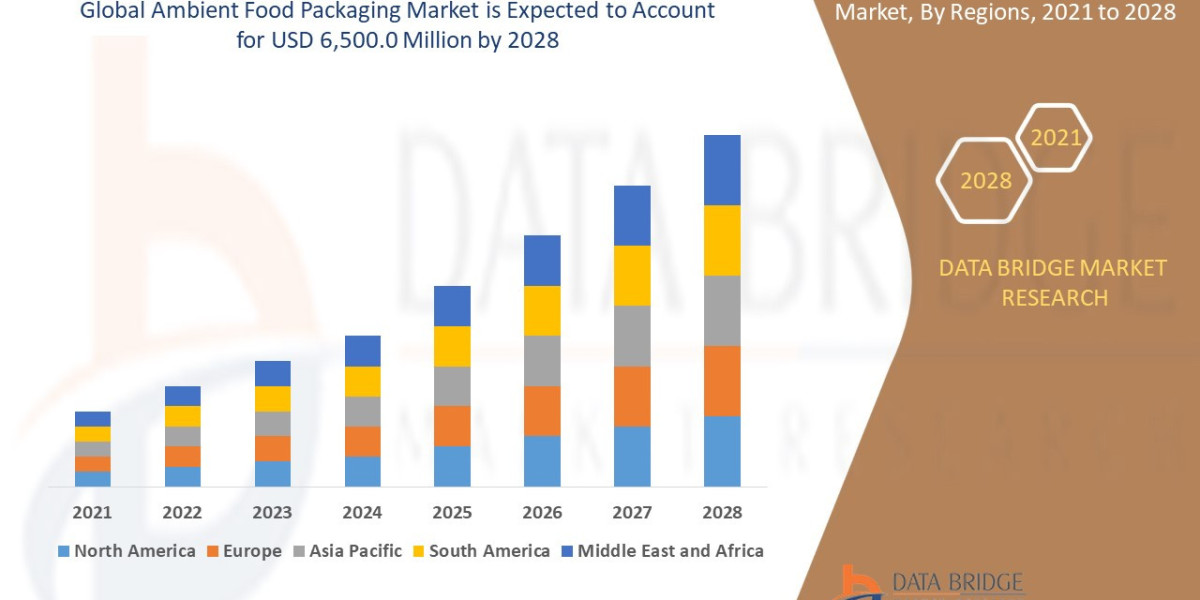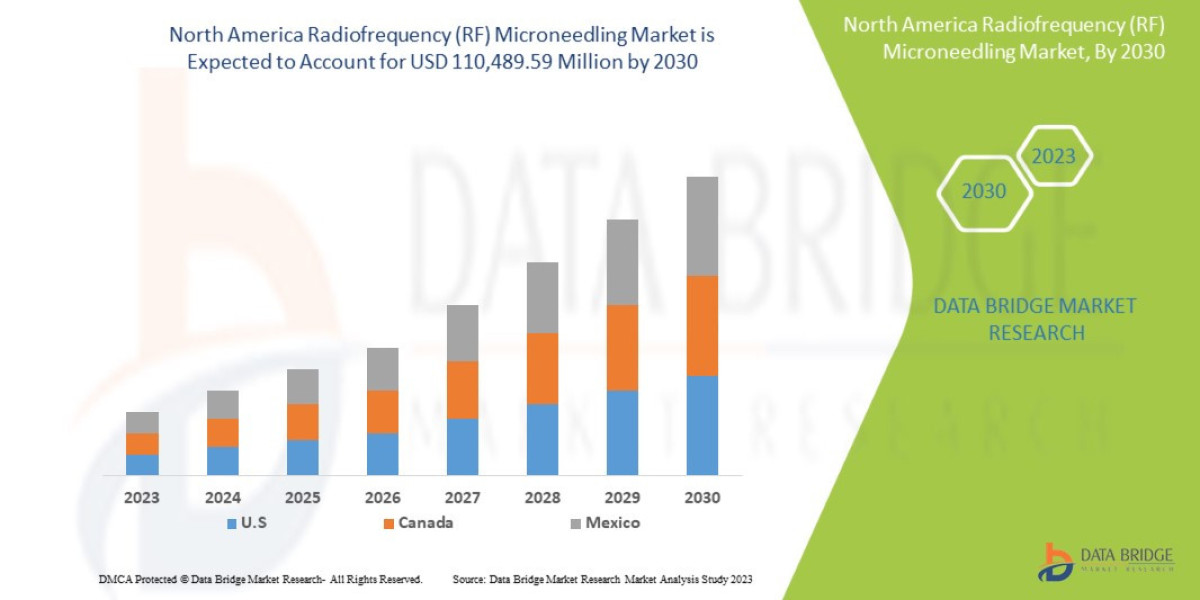Hydropower Market - The Hydropower Market is driven by rising global electricity demand and renewable energy investments in sustainable water-based power generation.
The Hydropower Market is characterized by its foundational role in global electricity generation—it is the largest source of renewable electricity globally—and its increasing pivot toward providing grid stability rather than just volume. While the total gigawatt (GW) capacity continues to grow, led primarily by emerging economies in Asia and Africa, the focus in mature markets is shifting heavily toward modernization, refurbishment, and the development of pumped-storage hydropower (PSH).
PSH, in particular, is forecast for significant growth as it provides utility-scale energy storage necessary to balance the fluctuating output of solar and wind energy. The market faces constraints due to long permitting times, high upfront capital costs for new large dams, and escalating social and environmental risks. Consequently, investment in upgrading existing, aging assets in North America and Europe is a major growth driver.
FAQ on Hydropower Market
What is the primary factor driving growth in the hydropower market today? The biggest driver is the need for grid flexibility and energy storage. Pumped-storage hydropower is essential for balancing the intermittency of solar and wind, making it a critical component of a high-renewable electricity system.
Which region is currently leading new hydropower capacity additions? The Asia-Pacific region, particularly China and India, dominates new capacity additions for both reservoir and pumped-storage projects, driven by massive domestic energy demand and economic development.
What does 'asset modernization' mean in the hydropower context? It involves upgrading aging components—like turbines, generators, and control systems—in older plants, often extending their operational lifespan by decades and increasing efficiency (power output) by several percentage points without building new dams.














